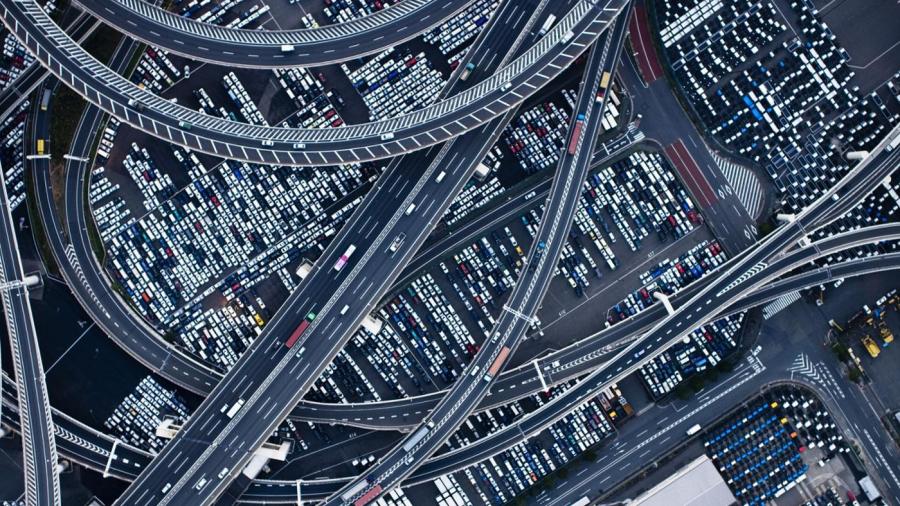What Are the Causes of Urbanization?

The causes or urbanization include the promise of prosperity and jobs. Approximately half of the people around the world live in urban areas.
What Is Urbanization? Urbanization is defined as the population within urban areas increasing. This is closely related to industrialization, modernization and rationalization, a type of sociological process.
While a major topic in modern society, it’s not a new phenomenon. Urban culture is starting to replace rural culture. Urban cities with more than 10 million residents are termed “mega cities” by the United Nations.
The urban population throughout the world will grow an estimated 1.8 percent per year between 2007 and 2025 according to the United Nations. In developing countries during this time frame, the percentage of growth is estimated to be about 2.3 percent.
The ability to earn more money in cities and the growth of economies play a role in people moving to urban areas.
What’s considered to be an urban area differs among countries. For example, what’s considered urban in parts of Africa can mean limited access to roads, utilities and communications. In developed nations, such as the United States, all urban areas have such amenities. Rural areas in the United States often have access to these too.
Urbanization Consequences and Effects Approximately two-thirds of the global population is projected to call an urban area home by 2050, says National Geographic. There are both positive and negative effects that can come with urbanization.
From a negative standpoint, those studying urbanization are concerned with poor water and air quality, issues with waste disposal, a significant increase in energy usage and insufficient water availability.
Health hazards associated with automobile exhaust and uncollected waste are a concern. This could affect both humans and animals. Rapid growth may also cause higher levels of poverty in these areas. Other potential negative effects include increased urban crime, worsening traffic, disease spread and issues with sufficient housing. These are largely associated with people living in close proximity to others due to the population being too large for a specific area.
When this process happens at the right speed and within the proper limits, positive effects are also possible. It could result in advancements in infrastructure and technology, more jobs and career opportunity and improved living standards. Other possible positive consequences might include better medical facilities and education opportunities and improved communication and transportation methods.
Possible Solutions for Urbanization Those with power in urban areas should ensure that the population has access to health, clean water, electricity, education, sanitation, and technology. Sufficient employment opportunities and making sure that services and infrastructure are maintained should also be considered.
Reducing high rates of population growth should be considered. This might include family planning services and adequate and accessible health clinics for all members of the population. These services may also be beneficial for controlling diseases in an urban population.
Ensuring there are enough employment opportunities is important. When there are enough jobs to go around, this may reduce the impact of rapid urbanization in areas across the globe. It could also aid in alleviating the risk of increased poverty.





